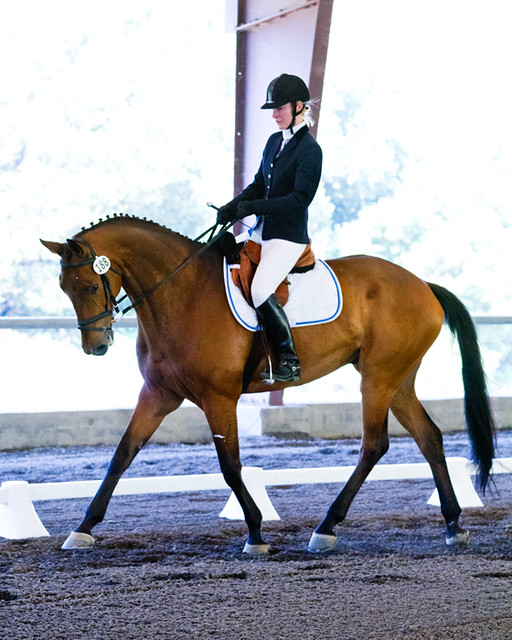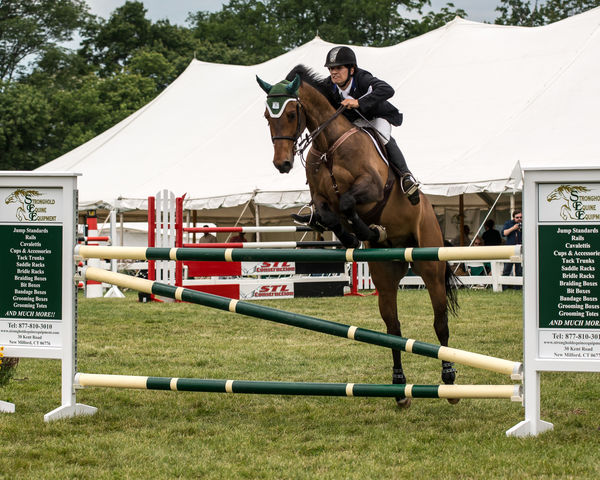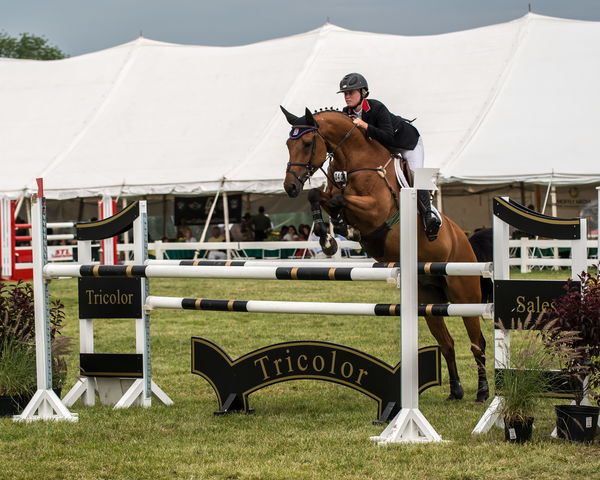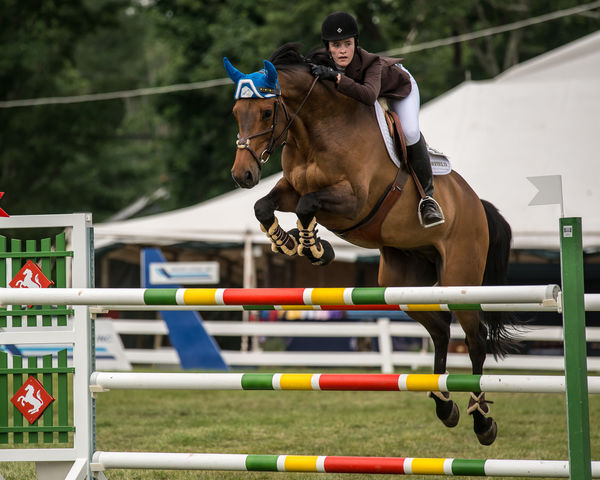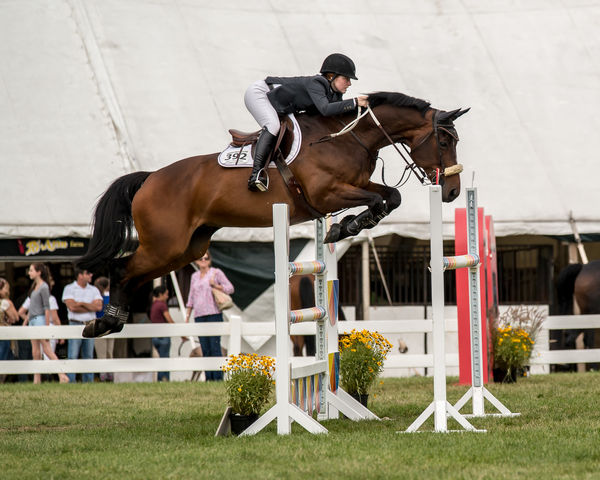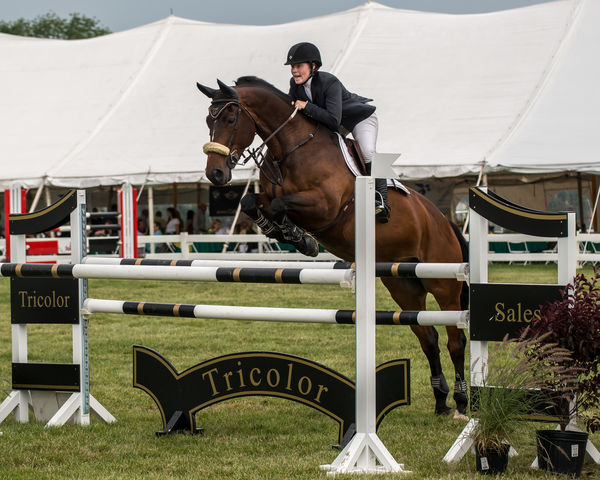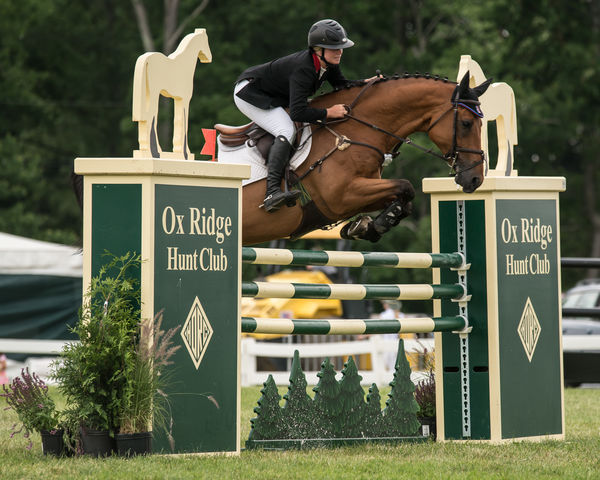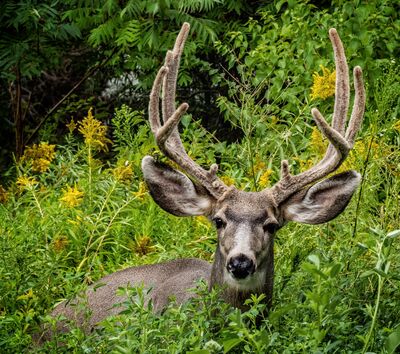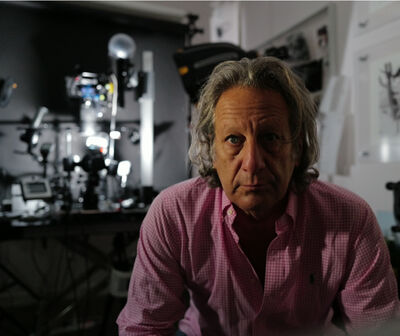Which is better? Lightroom or Photoshop?
Sep 25, 2018 17:55:12 #
amfoto1 wrote:
It comes up often here.... People asking "Whi... (show quote)
Neither. You cannot consider Lightroom and Photoshop as competing programs, but two halves of the same coin.
Sep 25, 2018 23:09:48 #
Don't forget DxO. LR now interfaces well with both DxO and PS. Each program has it's own strengths.
I start in LR. There I make up my mind which photos need to tossed and which ones have potential. If I like a photo or think it needs the special help that DxO provides I'll export the RAW file to DxO to do it's magic. I then export a DNG version back into LR. I then can make trips in and out of PS to make little polishing improvements or gross changes.
I look at LR as my photo storage warehouse. DxO and PS are specialty work shops that interface very well with LR. LR is user friendly and provides easy ways to email photo to others or easily export in a format to send to a serious print shop i.e. TIFF. I can also export as JPG for sending it to on-line print shops, UHH, or Facebook.
I start in LR. There I make up my mind which photos need to tossed and which ones have potential. If I like a photo or think it needs the special help that DxO provides I'll export the RAW file to DxO to do it's magic. I then export a DNG version back into LR. I then can make trips in and out of PS to make little polishing improvements or gross changes.
I look at LR as my photo storage warehouse. DxO and PS are specialty work shops that interface very well with LR. LR is user friendly and provides easy ways to email photo to others or easily export in a format to send to a serious print shop i.e. TIFF. I can also export as JPG for sending it to on-line print shops, UHH, or Facebook.
Sep 26, 2018 01:09:36 #
loosecanon
Loc: Central Texas
Gene51 wrote:
The answer to your question is a resounding YES!!!... (show quote)
My wife, a rider, says that you are incorrect about the rider's position. She MUST look toward and ready be anticipating the next jump in order for the horse to position itself correctly upon landing. She feels it is precisely that turned, antipatorial stance that gives the shot character.
Sep 26, 2018 04:44:46 #
loosecanon wrote:
My wife, a rider, says that you are incorrect about the rider's position. She MUST look toward and ready be anticipating the next jump in order for the horse to position itself correctly upon landing. She feels it is precisely that turned, antipatorial stance that gives the shot character.
I think an illustration of what I am talking about, from a photographic point of view, will better explain what I was saying, with respect to the image. I am not saying your wife is incorrect. Of course the rider must look to the next jump, but for a split second, the rider and horse are unison, looking to stick the landing. Does she compete in Grand Prix?
The following images were taken from at Westport, CT, Ox Ridge Hunt Club Grand Prix in 2015.
Sep 26, 2018 05:13:26 #
Alan, thank you in taking the time to give your spin on both PS & Lightroom. Great example images from a professional photographer.
Sep 26, 2018 05:17:58 #
CHG_CANON wrote:
This write-up shows some good examples of editing ... (show quote)
Lightroom really slows down when an image has a lot of local adjustments, particularly those made with the brush tool, and it is imprecise. The range of adjustments with LR's local adjustment tools is narrower as well.
The spot removal tool in LR is like the patch tool in Photoshop. I think removing that stop sign in LR would be impossible. Maybe you'd like to give it a shot.
Using the "Edit In" command to edit a Lightroom image in Photoshop as a psd is a painless process. There is no "back and forth" conversion. You right click on the image, select "Edit In" and Photoshop as the target app, press enter and in seconds PS opens and displays the image. You edit, and when you save your file, it is updated as a psd in the LR catalog. Pretty seamless. Tiff files take a little longer.
I do, from time to time, photo restoration, and I also have a friend with a portrait business, whom I occasionally help out with high quality retouching work. As you note, not everyone "needs" this level of expertise, but by the same token, I see tons of images that could use some help, and many are from LR-only approaches. It's all a matter of what the photographer sees, and what is important enough to adjust. Those with a high bar for quality will invest the time to take an image to the next level, and others will be perfectly happy with what LR produces. It's really good to be well-versed in both, so you don't make the mistake of trying to do something in LR that would be far easier in PS and vice versa. Though the Camera Raw filter gives you the same parametric editing capability found in LR, so the line between LR and PS is a little more blurry.
Sep 26, 2018 06:03:12 #
317tman
Loc: Indianapolis, In
Interesting information. I've been hesitant to try LR as I have my own filing system that works well for me. I once had Apple Photos handle my storage/organization, but I had a hard time finding things and finally had to sort and move to my own system which took days. Overall it was probably my own lack of understanding of Photos, however it has made me extremely leery of allowing any program to handle organization for me. Is it possible to use LR for minor adjustments w/o having it do organization or would there be no value in using LR in that way? I presently use an old copy of CS3 to make adjustments.
Sep 26, 2018 06:33:03 #
Sep 26, 2018 06:49:35 #
amfoto1 wrote:
It comes up often here.... People asking "Whi... (show quote)
Thank you for taking the time to do your post. I actually read much of it and tried to follow along. I was happy to find that, at the end, you allowed that PS Elements meets the needs of most non-commercial photographers very well. I totally agree and continue to use Elements as my choice for post processing.
Sep 26, 2018 07:07:39 #
Sep 26, 2018 07:15:19 #
First, thank you for your in-depth comments. I am a total Photoshop person. For my shooting, I do not need the cataloguing feature of Lightroom. However for your purposes, you've convinced me that there is sincerely an application for Lightroom. For anyone who would like to support an economy style of living, and if that person is a PC person, consider the features of Paintshop Pro. I've been so impressed with the work of a good friend, for he's using so many of the features found in Photoshop, except he owns Paintshop Pro.
Just my thoughts. And, by the way, you do some amazing Photoshop work.
Just my thoughts. And, by the way, you do some amazing Photoshop work.
Sep 26, 2018 07:34:46 #
amfoto1 wrote:
It comes up often here.... People asking "Whi... (show quote)
Very good post.. And you are correct.. A lot of people (some that are supposedly very savvy) don't understand that Lightroom and Photoshop complement each other rather than compete with each other. I have lots of photo applications on my computer... many of Nikon's apps like Capture (both versions) View NX (both versions) and Camera Control Pro. I also have most of the competing brands... but Lightroom and Photoshop are my primary programs. Now, I will say that I like Nikon's Camera Control Pro better than Adobe Lightroom's tethered shooting.. I feel that I have better control of the tethered camera and all of it's functions. But even with that, I will shoot in Camera Control Pro then import the images into Lightroom for final adjustments. And yes, I have all of the apps that Google and others produced but again, LR/Photoshop are my go to apps. Anything else it used for some special reason because either LR/Photoshop couldn't do it (haven't found one of those) or I didn't know how to do it in LR/Photoshop (most likely). AND, I am just a novice in Photoshop and probably considered middle of the road on LR. But I do watch Anthony Morganti, and all of the other LR/Photoshop wizards and try to learn from them.
Sep 26, 2018 07:48:54 #
Sep 26, 2018 08:06:41 #
Personally, I've hardly used LR. Currently, all of my work is in PS. If LR didn't exist, I'd not miss it.
--Bob
--Bob
amfoto1 wrote:
It comes up often here.... People asking "Whi... (show quote)
Sep 26, 2018 08:09:22 #
Nice post. Yes, having both is nice. I'm glad I bought them when I did and don't have to pay the rental fee. Both of them do all I need, so I can live without the constant updates.
If you want to reply, then register here. Registration is free and your account is created instantly, so you can post right away.
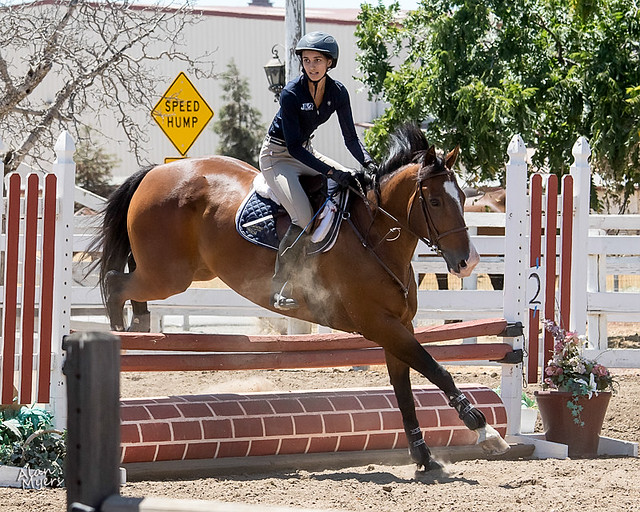
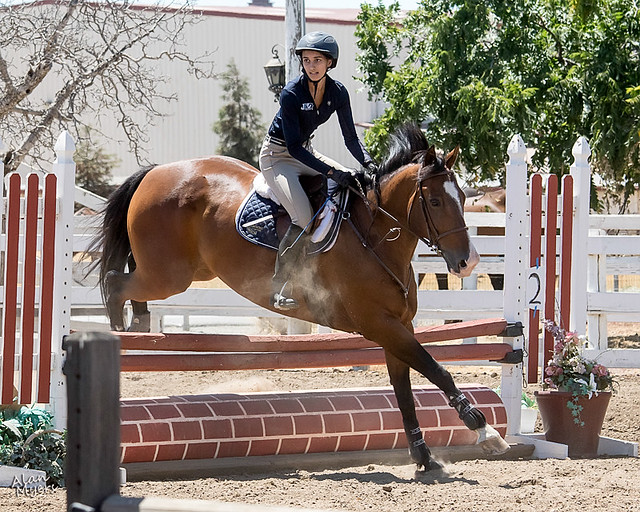
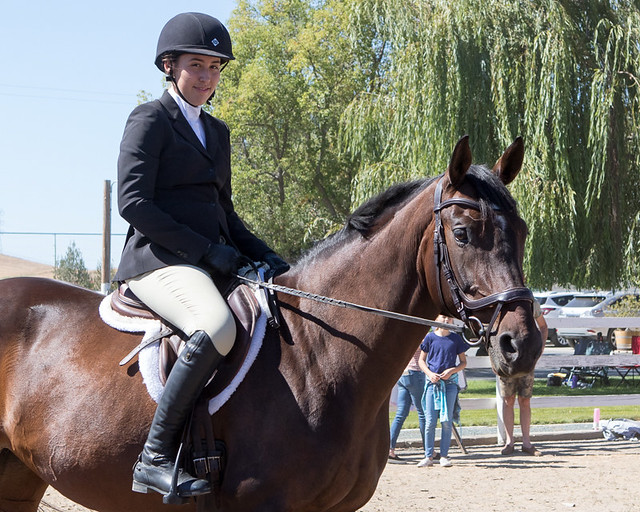
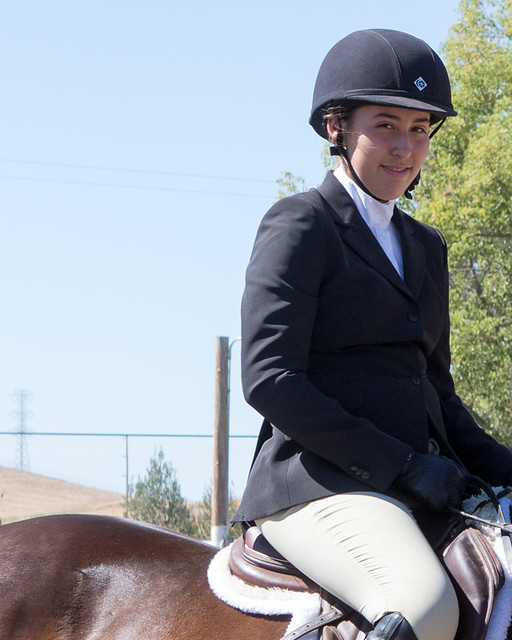
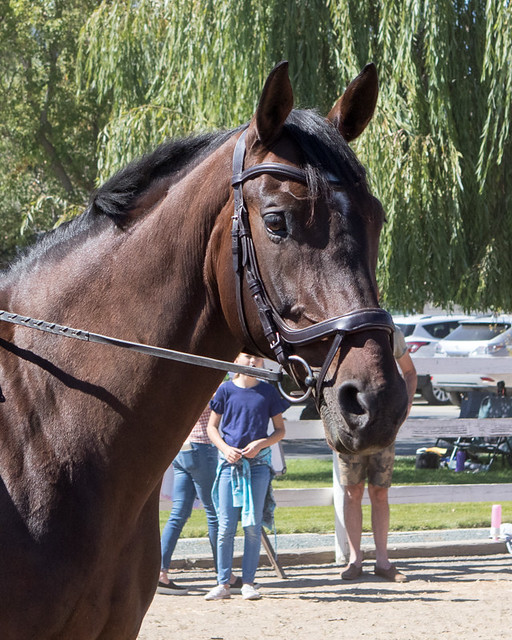

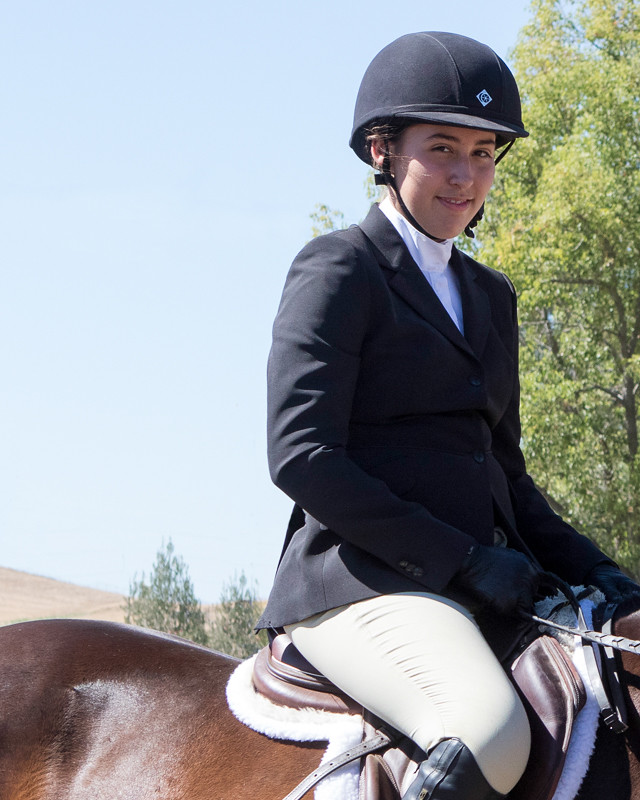
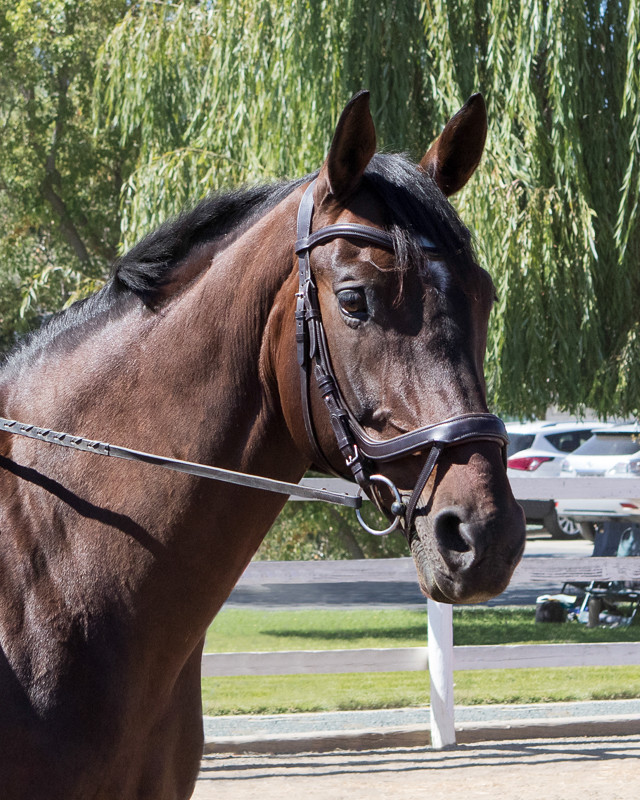
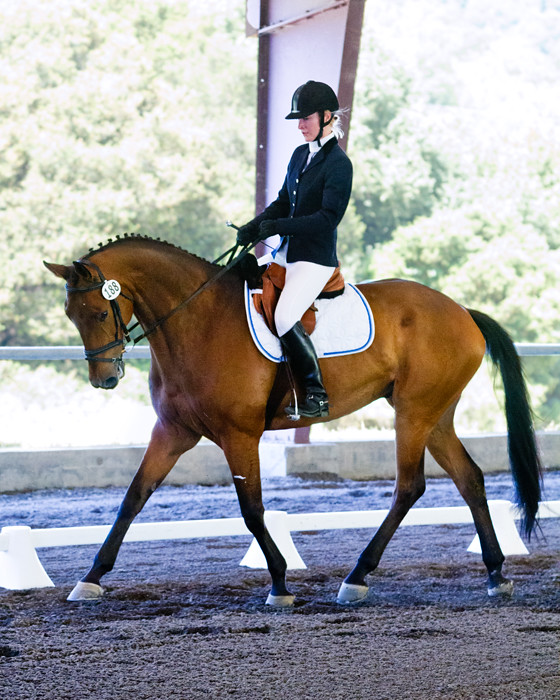
 ). And since the subjects are in motion, it's also largely impossible to deal with by making multiple in-camera exposures at different settings (such as HDR technique... which also would slow down shooting a great deal, likely causing me to miss a number of other shots).
). And since the subjects are in motion, it's also largely impossible to deal with by making multiple in-camera exposures at different settings (such as HDR technique... which also would slow down shooting a great deal, likely causing me to miss a number of other shots). 
